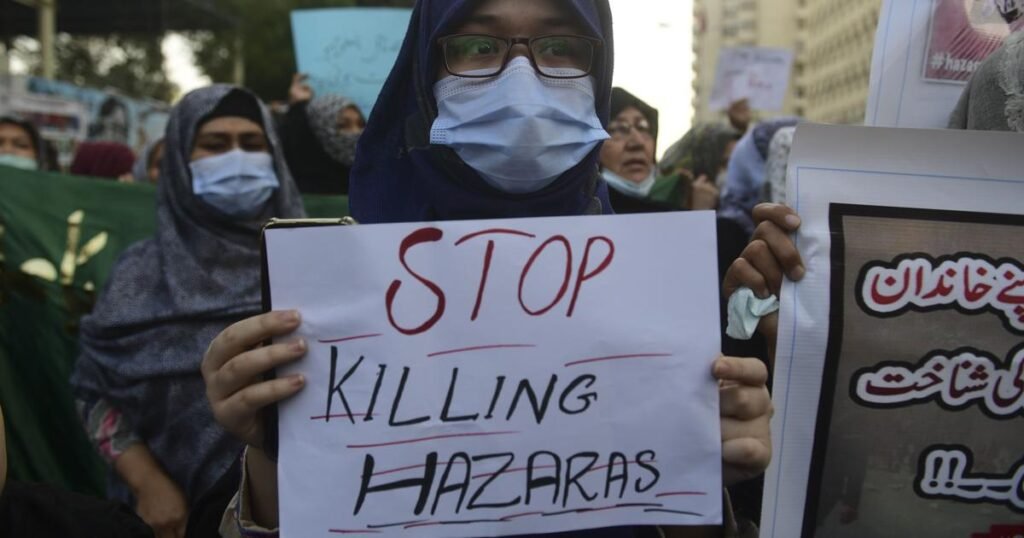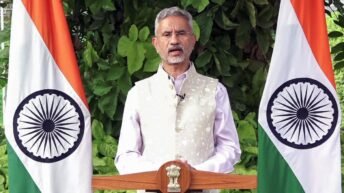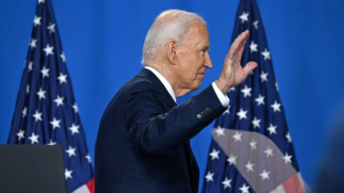|
Listen to article
Getting your Trinity Audio player ready...
|
15 August 2021 witnessed the Fall of Kabul and the takeover of Afghanistan by the Taliban. The global community expressed its fears on the expected onslaught on the rights and freedom of women. The Taliban, though initially professing to be more aligned to the modern views on Women’s rights, soon went back to their Taliban 1.0 Ways, invoking ‘Islamic laws’. The narrative around Afghanistan, has since then, focused on the Taliban’s oppression of women’s rights and denial of education to the girl child. It is very important that these issues have been kept in the spotlight by both the Afghan women and the global community, but the women’s issues should not be seen as the only issues of human rights violations in Afghanistan, thereby eclipsing many other burning issues of extreme human rights violations.
The Hazara Shias are the largest religious minority group and third largest ethnic minority in Afghanistan, believed to be about 20 percent of the Afghan population. They are Mongoloids, which makes them easily identifiable and are widely believed to be the descendants of Chengiz khan’s troops. Historically, they have faced oppression by the Pashtun Sunni inhabitants of Afghanistan, resulting in the migration of large numbers of Hazara Shias to Iran and Balochistan. At the receiving end because of their religion and their race, their ‘slow burn Genocide’ has never been a human rights issue in the international arena.
With the return of the Taliban, the fears of further persecution of the Hazara Shias have increased. Hazara Shias inhabit the Hazarajat region which includes Bamiyan, Daykundi and Ghor provinces as well as parts of many other provinces like Ghazni, Uruzgan, Wardak, Parwan etc. During their previous occupation of Afghanistan, the Taliban had destroyed statues of Lord Buddha in Bamyan province, which were the largest carved statues of Buddha in the world. Besides Hazarjat, Hazaras have spread out to other parts of Afghanistan. They inhabit localities like Dast-e-Barchi in west Kabul and have a sizeable population in Mazar-e-Sharif in the Balkh province of Afghanistan. They are a cultured, martial race and are highly educated. Under communist rule, they were an active component of the power structure in Kabul.
Under the previous Taliban regime, the Hazara Shias were at the receiving end of the religious persecution unleashed by the Taliban. On 8 August 1998, the Taliban attacked Mazar-e-sharif, in what has often been termed as an Anti-Shia genocide. The Taliban, allegedly supported by Pakistan Army, entered Mazar-e-Sharif in pick-up trucks, shooting all moving objects. Announcements from mosques termed Hazaras as Kuffar (Kafir) who had to be exterminated. House to house searches was made for Hazara Shias, where women were raped, youth and children killed. The bodies were not allowed to be buried for six days and were left to rot on the streets and eaten up by dogs. Fleeing civilians were struck down by aircraft firing. The horrific event led to Iran deploying its forces on its Eastern Borders adjoining Afghanistan.
Even after the fall of the Taliban, Hazara Shias remained at the receiving end of religious persecution. Taliban and IS-K were at the forefront of their persecution. The IS-K carried out beheadings of nine Hazara Shias, including a nine-year-old girl named Tabassum in 2015. Continuing persecution of Hazara Shias prompted Iran to offer Support to Afghanistan to take on IS-K.
With the return of the Taliban, attacks on the Hazara Shias have escalated. Hazara Shia neighborhoods, schools and mosques have been targets. Often, these attacks have not been attributed as attacks on Hazara Shia but categorised as attacks on educational institutes, and places of worship. Hazara Shias have traditionally been seen as pro-Iran, with Hazara Shias forming the bulk of The Iranian Shia Militia ‘Fatemiyoun’. This time around, Iran is extending support to the newly established Taliban regime. The new found support of Iran for the Taliban has increased the unease in Hazara Shias.
Hazara Shias celebrate their culture day on 19 May. Days preceding and post the celebration saw renewed attacks on Hazara neighborhoods in Kabul and Mazar-e-sharif. Richard Bennet, the newly appointed UN Rapporteur, in his report dated 26 May 2022 has asked for investigations into attacks on schools and places of worship in Kunduz, Kabul and Balkh and mentioned Hazaras as one of the community being targetted. The UN Secretary-General, Antonio Guterres, has issued a statement condemning the attacks on Hazaras civilians.
Lord David Alton is conducting an inquiry on the persecution of Hazara Shias in Westminster. He has stated that four moving testimonies of Hazara Shias have been recorded. Professor Gregory Stanton, a world Authority on Genocide, has stated “a slow burn genocide is taking place against Afghan Hazaras, all the signs are there”. Targeted attacks against Hazaras are increasing, inspite of the Taliban’s public statements of protecting Hazaras. Often, the attacks are documented as attacks on Afghans. To accept the existence of the persecution, it is important for the victims to be identified as Afghan Hazaras.
It is commendable that the global community is raising its voice against the Taliban’s treatment of Afghan women and the humanitarian crisis in Afghanistan. Global outrage followed Taliban diktats to women regarding wearing of full body veils, to be accompanied by a male guardian and closure of schools for the girl child. The Diktats against women come as no surprise as the theology which Taliban professes mandates this treatment for women. Reducing the Afghanistan crisis to just one-dimensional women’s rights and women’s education does a disservice to the vulnerable communities like the Hazara Shias. A whole community, close to 4 million (2009 data) is facing persecution because of its ethnicity and religion. The story of Hazara persecution needs to come out in the mainstream.
It is time that the international community including Inia, raise their voice against the persecution of this hapless minority by an obscurantist regime.







Add comment